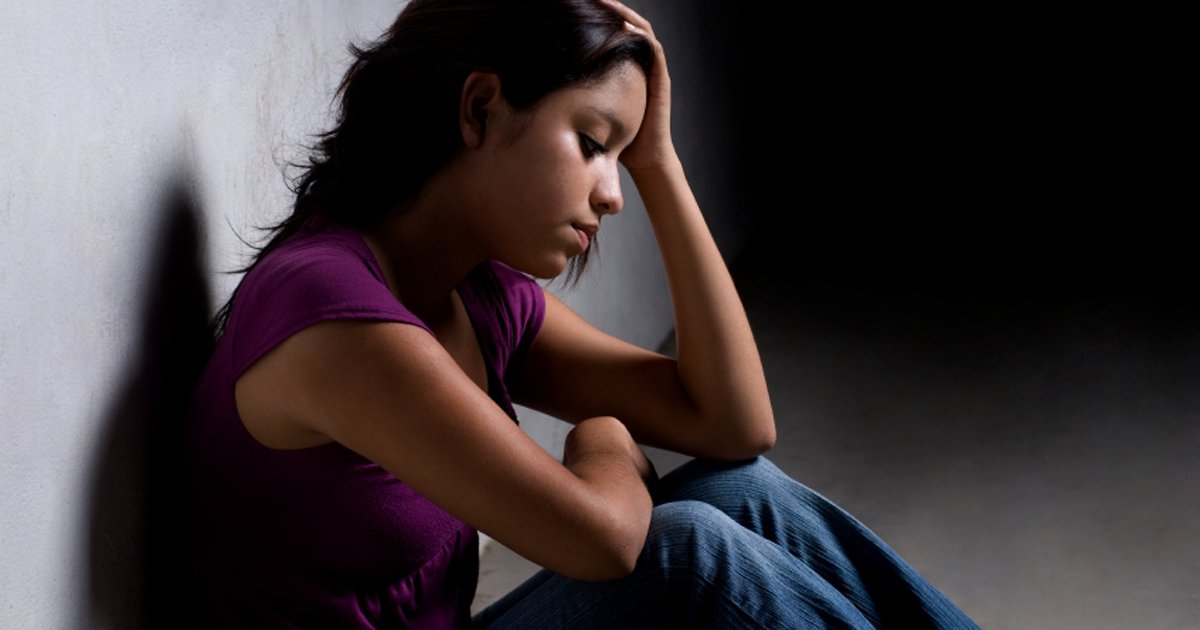Recognizing, helping children involved in human trafficking

An estimated 40.3 million people worldwide were involved in human trafficking in 2016, according to the International Labour Organization. The National Center for Missing and Exploited Children, based in Virginia, reports that of the 25,000 runaways reported to the agency in 2017, one in seven were likely victims of child sex trafficking.
The actual numbers may be higher, an expert told Healio Family Medicine.
“The numbers of reported trafficked persons are going up, but whether that is a true increase or just better reporting and recognition is anyone's guess. We can, though, assume that it is a very significant problem,”
Jordan Greenbaum, MD, medical director of the Institute on Healthcare and Human Trafficking at Stephanie V. Blank Center for Safe and Healthy Children at Children’s Healthcare of Atlanta said.
The AAP issued its Global Human Trafficking and Child Victimization policy in 2017. The document outlines major issues regarding public policy, medical education, research and collaboration around human trafficking and provides recommendations for future work.
To help primary care physicians recognize the clinical aspect of that policy, Healio Family Medicine asked Greenbaum to discuss ways these medical professionals can recognize and help children involved in human trafficking.
Many trafficked children and youth will not spontaneously disclose their exploitation to primary care physicians and other health care professionals, making it difficult to ascertain the prevalence of the crime, she said.
“Some trafficked youth may fear being arrested or deported. Others may not realize they are being exploited, or they do not feel comfortable sharing their situation with others. These factors can make it very, very hard to identify those who are involved in human trafficking,”
The silence necessitates that primary care physicians be able to recognize risk factors for human trafficking, and know ways to offer help and resources, she said.
According to Greenbaum, factors increasing vulnerability to human trafficking include:
- a history of sexual abuse, sexual assault, physical abuse or neglect;
- a use/misuse of drugs and alcohol or a family member with an addiction;
- an untreated mental health disorder;
- a gender identity or sexual orientation that is not tolerated by their family and friends; and
- a history of running away from home or foster care.
Greenbaum provided some other warning signs that may indicate a child is being trafficked or is at high risk of exploitation.
“When the child is accompanied to the health care appointment by their trafficker, the child may appear intimidated or fearful. The trafficker may insist on answering the
Greenbaum said if these behaviors are observed, or other risk factors noted, the PCP should attempt to speak to the child outside the presence of the person accompanying them.
The PCP should also make the effort to build trust and a sense of safety, and use a trauma-informed approach to ask questions to assess risk of trafficking and emphasize patient confidentiality (and its limits) and that an open, empathic, respectful and culturally-responsive manner is needed, she added.
Greenbaum also noted the child needs to understand they are free to make their own decisions about what questions they answer and are encouraged to play an active role in their assessment and care.

Building such relationships increase the likelihood that the trafficked child may return for medical care in the future, she said.
Greenbaum further discussed the ‘trauma-informed approach’ which is also what that AAP recommends using to assess and treat trafficked children and youth.
“PCPs need to consider that the patient’s behavior and the way they're interpreting what we say is filtered through a trauma lens. For example, they may be very aggressive with us or quite withdrawn; they may interpret what we intended as a very neutral comment as somehow being judgmental and accusatory. But it is important to realize that for traumatized patients, their beliefs, attitudes and behaviors are adapted to survival in a dangerous, hostile environment and the better we understand that, the more likely we can respond with empathy, respect and lack of judgment,” she said.
According to Greenbaum, “PCPs need to remember that trafficked children and youth did not wake up one morning and decide they wanted to make a career of having commercial sex or being exploited and abused in labor situations. There is often force, fraud, or coercion involved, or a need for the child to make a decision based on a spectrum of very bad options, and/or manipulation of the child by other, savvy persons who wish the child/youth harm.”
PCPs need to view their patients as children and youth who need services, rather than ‘troubled’ or ‘bad’ kids who freely chose their lives,” Greenbaum, who co-authored the AAP’s Global Human Trafficking and Child Victimization policy statement, continued.
She said children involved in human trafficking are at higher risk for STDs, anxiety disorders, PTSD, depression and suicidality. Therefore, PCPs should have information on resources tied to these conditions and diseases ready to distribute to their patients. PCPs should also have resources to address vulnerability factors (e.g. homeless shelters, drug treatment centers, affordable mental health services, teen hotlines).
However, Greenbaum forewarned these materials should be offered in ways that are safe for the child (e.g. have child memorize hotline number or enter phone number of homeless shelter under a name of an imaginary ‘friend’) and may not always be well-received.
“The child may not be willing to immediately accept these resources. You may offer them on five different occasions before they're able to really step back and see themselves as needing help. Patience is everything,” she said. – by Janel Miller
Disclosure: Greenbaum reports no relevant financial disclosures.
References:
AAP. Child trafficking: AAP policy calls for training, advocacy, research to halt exploitation. http://www.aappublications.org/news/2017/11/27/Trafficking112717. Accessed Dec. 13, 2018.
International Labour Organization. Forced labour, modern slavery and human trafficking. https://www.ilo.org/global/topics/forced-labour/lang--en/index.htm. Accessed Dec. 13, 2018.
National Center for Missing and Exploited Children. Key facts. http://www.missingkids.com/footer/media/keyfacts. Accessed Dec. 13, 2018.
